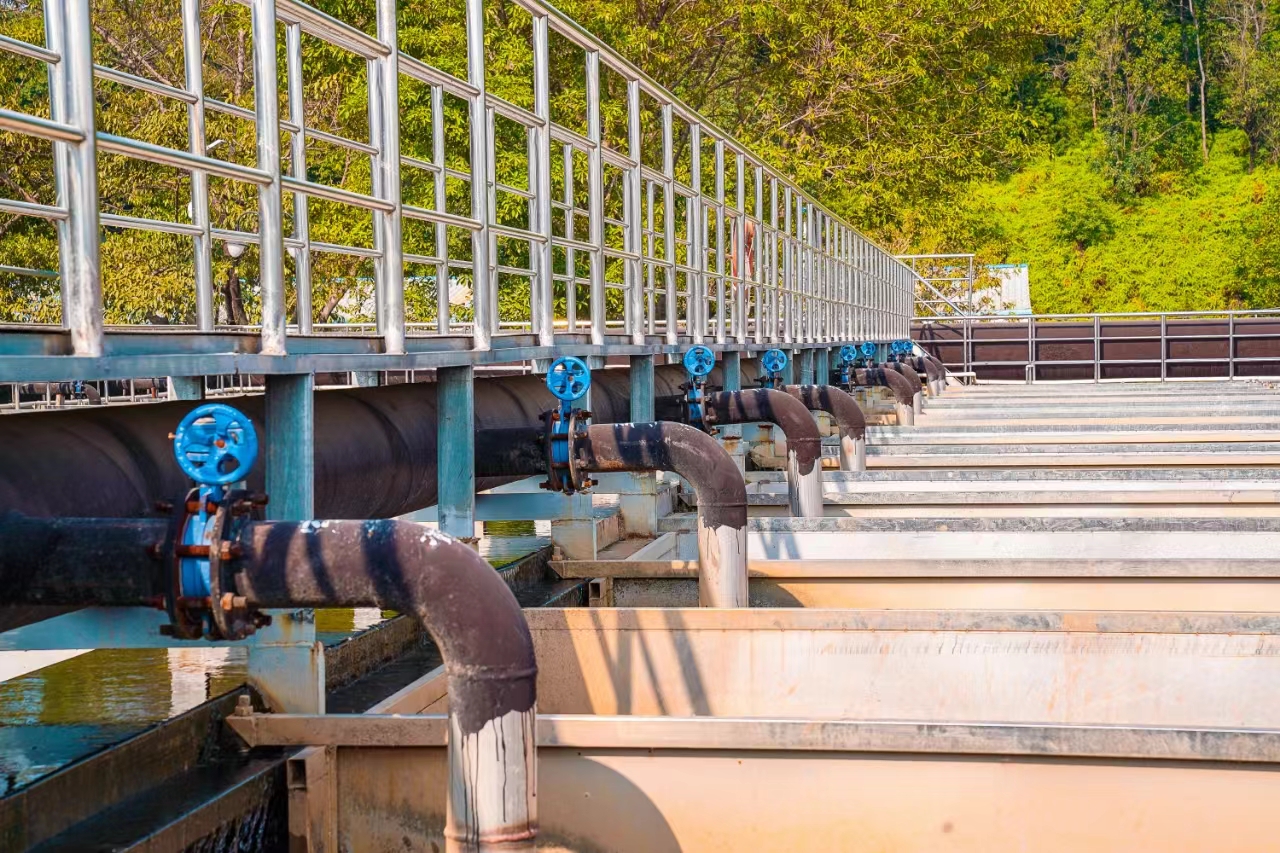A Space-saving, Cost-effective and Integrated Wastewater Treatment Method that Stands for Rapid Purification of Initial Rainwater: The Shenzhen Guanlan River Estuary Detention Tank Upgrading and Reconstruction Project
The importance of efficient water treatment facilities is not only crucial for our health and environment, but they also have a pivotal role to in preventing overflow pollution. Overflow pollution is a serious hazard that occurs when untreated sewage overflows, leading to widespread water pollution. This contaminated water can cause the spread of various and pose a significant threat to aquatic life. So, why do we need efficient water treatment facilities? They safeguard our environment and ensure the health of our by mitigating these risks. Clean water is a fundamental right and a key component of our ecosystem. Efficient water treatment facilities are instrumental in maintaining this balance."

Let's dive into one such project that has revolutionized water treatment – The Shenzhen Guanlan River Estuary Detention Tank Upgrading and Reconstruction Project. This project has embraced the RPIR process, a integrated wastewater treatment method that stands for Rapid Purification of Initial Rainwater. The RPIR process is a biochemistry-based treatment that combines pretreatment, magnetic coagulation sedimentation, and ultraviolet disinfection.

This method is highly efficient, taking up less floor area and allowing for enhanced processing. In the dry season, it can treat up to one hundred and fifty thousand cubic meters per day and in the rainy season, this increases to two hundred and fifty thousand cubic meters per day. What makes the RPIR process a game-changer in water treatment? One of the main benefits is its compact design. The entire facility of the Guanlan project covers an area of only sixteen thousand two hundred square meters, with the peak ton of water covering an area of 0.065 square meters, and the maximum ton of water covering an area of 0.1 square meters. Furthermore, the RPIR process ensures an efficient turnaround. The construction period for the Guanlan project was a mere one hundred and thirty-three days from the awarding of the bid to the start of operation.

The Guanlan project is the first RPIR project with a scale of more than two hundred thousand tons. It is also the first detention tank to have a biochemical treatment function and achieve the class IV surface water discharge standard. The impact of the Guanlan project on Shenzhen's water treatment has been transformative. It has not only improved the water quality of the Guanlan River but also set a benchmark for future water treatment facilities. In conclusion, the RPIR process, as demonstrated in the Guanlan project, is a testament to the evolution of water treatment facilities. It is a beacon for cost-effective, space-saving, and efficient water treatment solutions that are crucial for the health of our environment and communities.
 The Shenzhen Guanlan River Estuary Detention Tank Upgrading and Reconstruction Project is a shining example of this commitment to water conservation and environmental protection.
The Shenzhen Guanlan River Estuary Detention Tank Upgrading and Reconstruction Project is a shining example of this commitment to water conservation and environmental protection.
 LOADING...
LOADING...
 DATE:2024年05月08日
DATE:2024年05月08日


